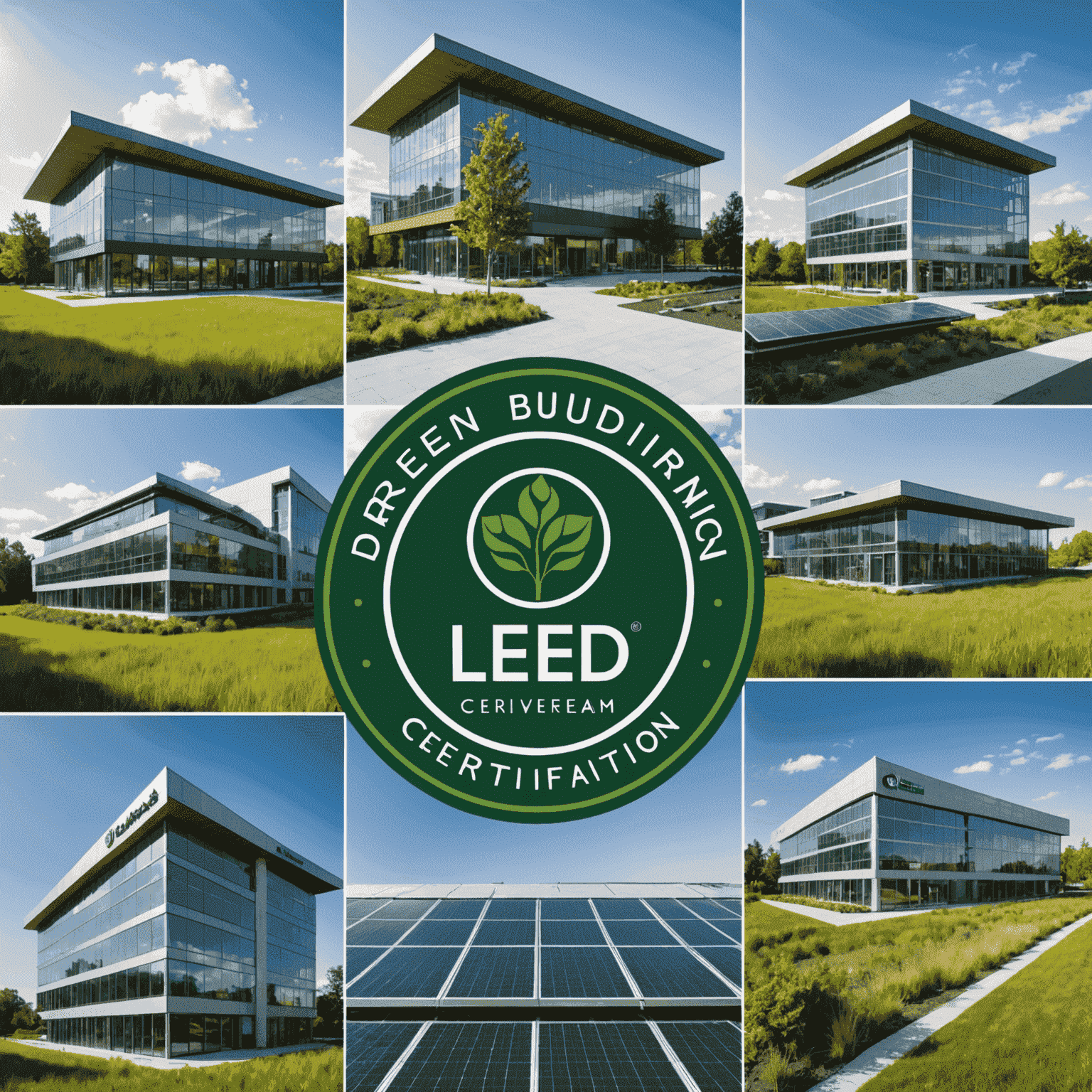Green Certification Guide: Achieving Sustainability Excellence

In the ever-evolving world of sustainable architecture, green building certifications play a crucial role in setting standards and recognizing excellence. This comprehensive guide will walk you through the latest certifications and provide insights on how to achieve them for your eco-friendly projects.
Understanding Green Building Certifications
Green building certifications are third-party validation systems that assess and recognize buildings and communities for their environmental performance and sustainable features. These certifications not only provide a framework for designing and constructing sustainable buildings but also offer tangible benefits such as reduced operating costs, improved occupant health, and enhanced marketability.
Popular Green Building Certifications
- LEED (Leadership in Energy and Environmental Design): Developed by the U.S. Green Building Council, LEED is one of the most widely recognized green building certification systems worldwide.
- BREEAM (Building Research Establishment Environmental Assessment Method): Originating in the UK, BREEAM is another globally respected certification that assesses the sustainability performance of buildings.
- WELL Building Standard: Focused on human health and wellness in the built environment, WELL certification complements other green building standards.
- Living Building Challenge: This rigorous certification program pushes the boundaries of sustainable design, requiring net-positive energy and water use.
- Passive House (Passivhaus): While not strictly a certification, this standard focuses on ultra-low energy buildings that require little energy for space heating or cooling.
Achieving Green Certifications: Key Strategies
To achieve these prestigious certifications, consider implementing the following strategies in your sustainable projects:
- Energy Efficiency: Incorporate high-performance building envelopes, efficient HVAC systems, and renewable energy sources like solar panels.
- Water Conservation: Implement water-saving fixtures, rainwater harvesting systems, and drought-resistant landscaping.
- Sustainable Materials: Use recycled, locally-sourced, and low-emitting materials in construction and finishes.
- Indoor Environmental Quality: Ensure proper ventilation, daylighting, and acoustic comfort for occupants.
- Site Selection and Development: Choose locations that minimize environmental impact and promote sustainable transportation options.
- Waste Reduction: Implement comprehensive recycling programs and minimize construction waste.
The Certification Process
While the specific process varies by certification, most follow a similar pattern:
- Registration: Enroll your project with the certifying body.
- Planning: Develop a strategy to meet certification requirements.
- Documentation: Collect and submit evidence of compliance throughout the design and construction phases.
- Review: The certifying body assesses the submitted documentation.
- Verification: On-site inspections may be conducted to confirm implemented measures.
- Certification: Upon successful completion, the project receives its certification.
Benefits of Green Certification
Achieving a green building certification offers numerous advantages:
- Reduced operating costs through energy and water efficiency
- Improved indoor environmental quality, leading to healthier and more productive occupants
- Enhanced marketability and higher property values
- Demonstration of corporate social responsibility and environmental stewardship
- Potential tax incentives and expedited permitting in some jurisdictions
Conclusion
Green building certifications are powerful tools for driving sustainable development and recognizing excellence in eco-friendly design. By understanding these certifications and implementing strategies to achieve them, architects, developers, and building owners can create structures that not only minimize environmental impact but also provide healthier, more efficient spaces for occupants. As we face increasing environmental challenges, these certifications will continue to play a crucial role in shaping the future of sustainable architecture and construction.